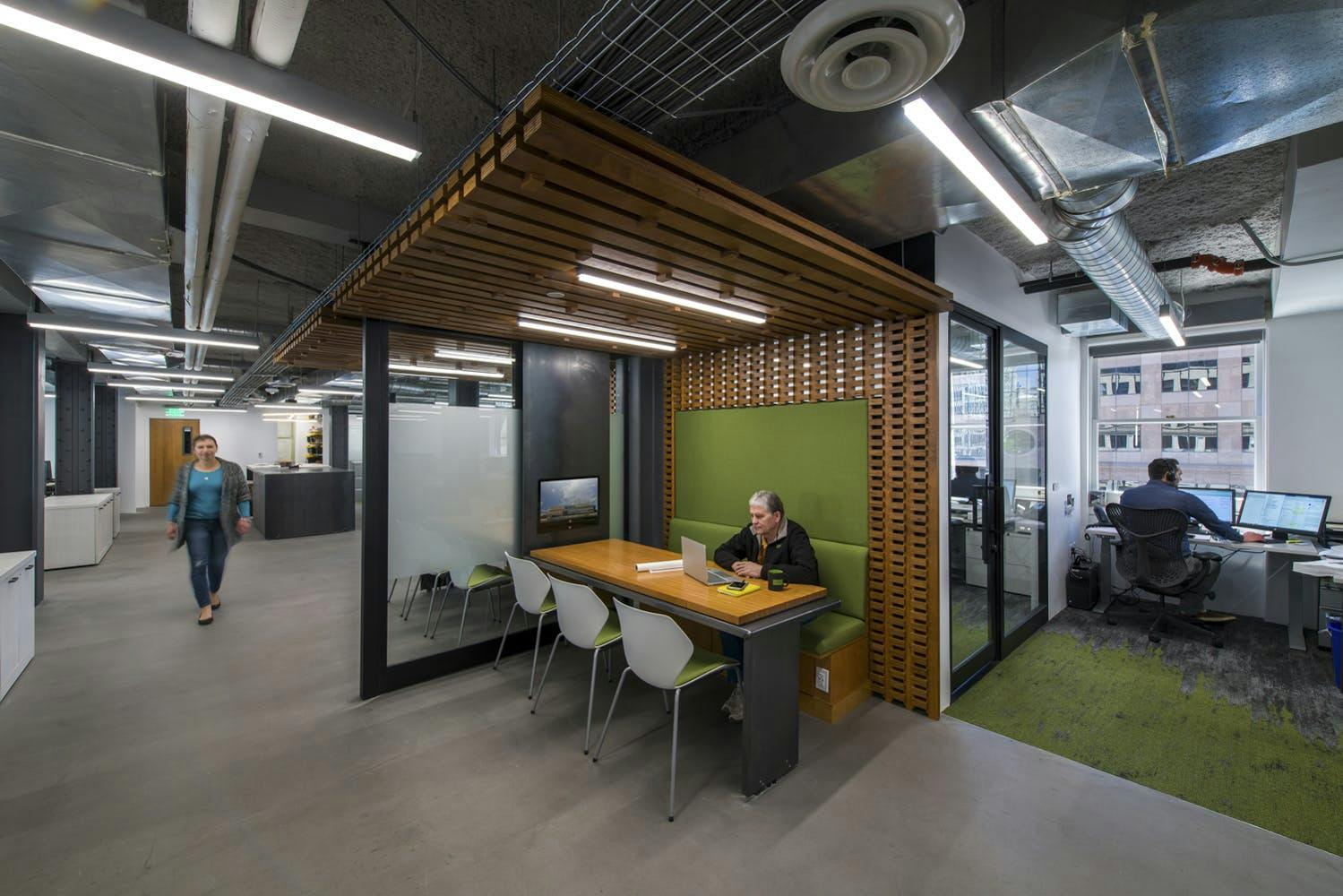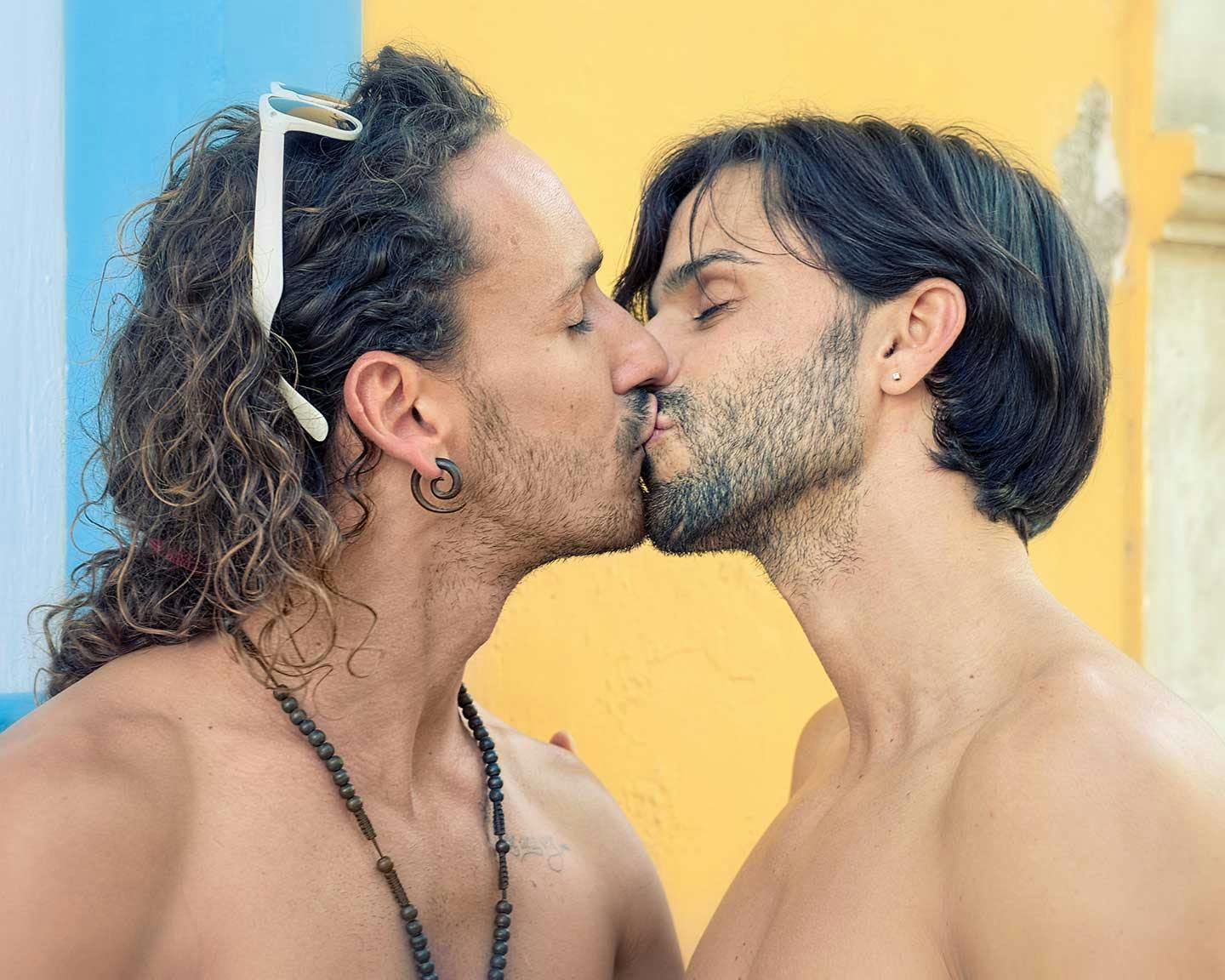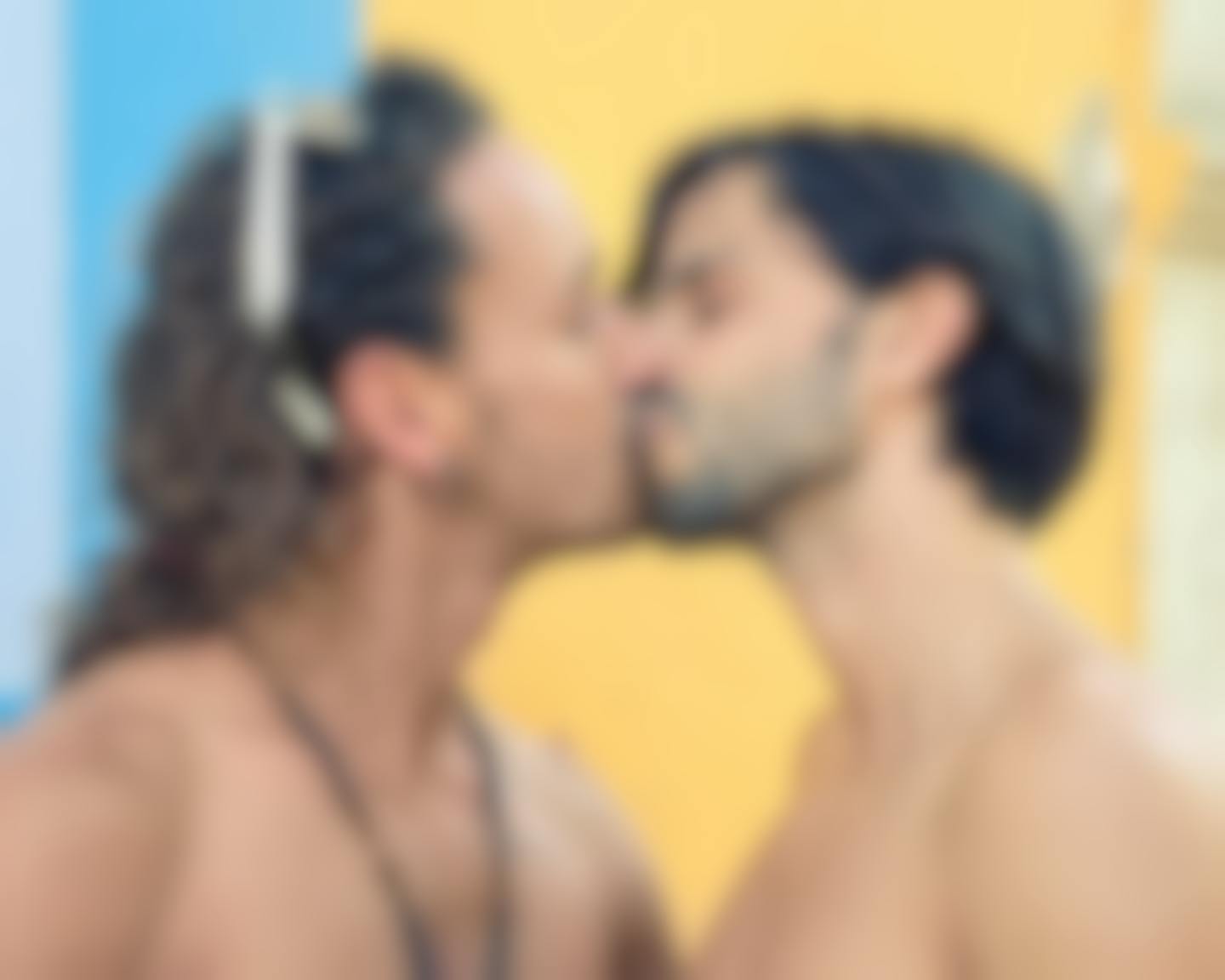
What followed the Stonewall riots was organizations building on the spirit of resistance, the shedding of the perceived shame of being LGBTQ+, and raising what was to be a new cultural movement.
In the early morning hours of June 28, 1969, the New York City Police Department executed a raid on the Stonewall Inn in the Greenwich Village section of New York City. This kind of action was not new to the people in the area, patrons of other Village gay and lesbian bars. The police vice squads had been raiding and harassing gay and lesbian patrons in the area for a long time. However, this June night, something changed.
When the raid became violent, when people were beaten with clubs and flung into waiting paddy wagons, the onlookers had hit their breaking point. Tired of being persecuted for who they loved and how they lived their lives, they fought back. Someone, to this day no one knows who, began to whip up the crowd, and the enraged mob forced the homophobic police to retreat and leave the area.
The days that followed were marked by violent protests against the police and physical altercations in the streets. History would later call this time the Stonewall riots. History would also note that these events marked the first significant step to the beginning of the Gay Liberation movement.
There had been protests before, in Los Angeles at Copper Do-Nuts, in San Francisco at Compton’s Cafeteria, but that June night at the Stonewall was the one that stays in our memories as it caused the start of something truly remarkable.
I hate the word homophobia. It's not a phobia. You're not scared. You're an asshole.Quote:
Morgan Freeman
What followed the riots was organizations building on the spirit of resistance, the shedding of the perceived shame of being LGBTQ+, and raising what was to be a new cultural movement.
The Spirit of Stonewall Endures
One year after the Stonewall riots, organizers in New York City staged a march to Central Park. This march was inspired by the events at Stonewall, where the gay community finally found the courage to say enough and stood in the streets fighting their oppressors; the community threw off the yoke of shame and stood, as they should, proud of who they were.
This first march, down Christoper Street, was soon adopted by other gay communities in other cities. More cities joined the protests against oppression and ignorance while celebrating the uniqueness and rightful place of LGBTQ+ people all through the 1970s. A movement was happening, the energy and excitement spread, and it soon became too powerful to ignore. The theme of this original march to Central Park was “Gay Power.”
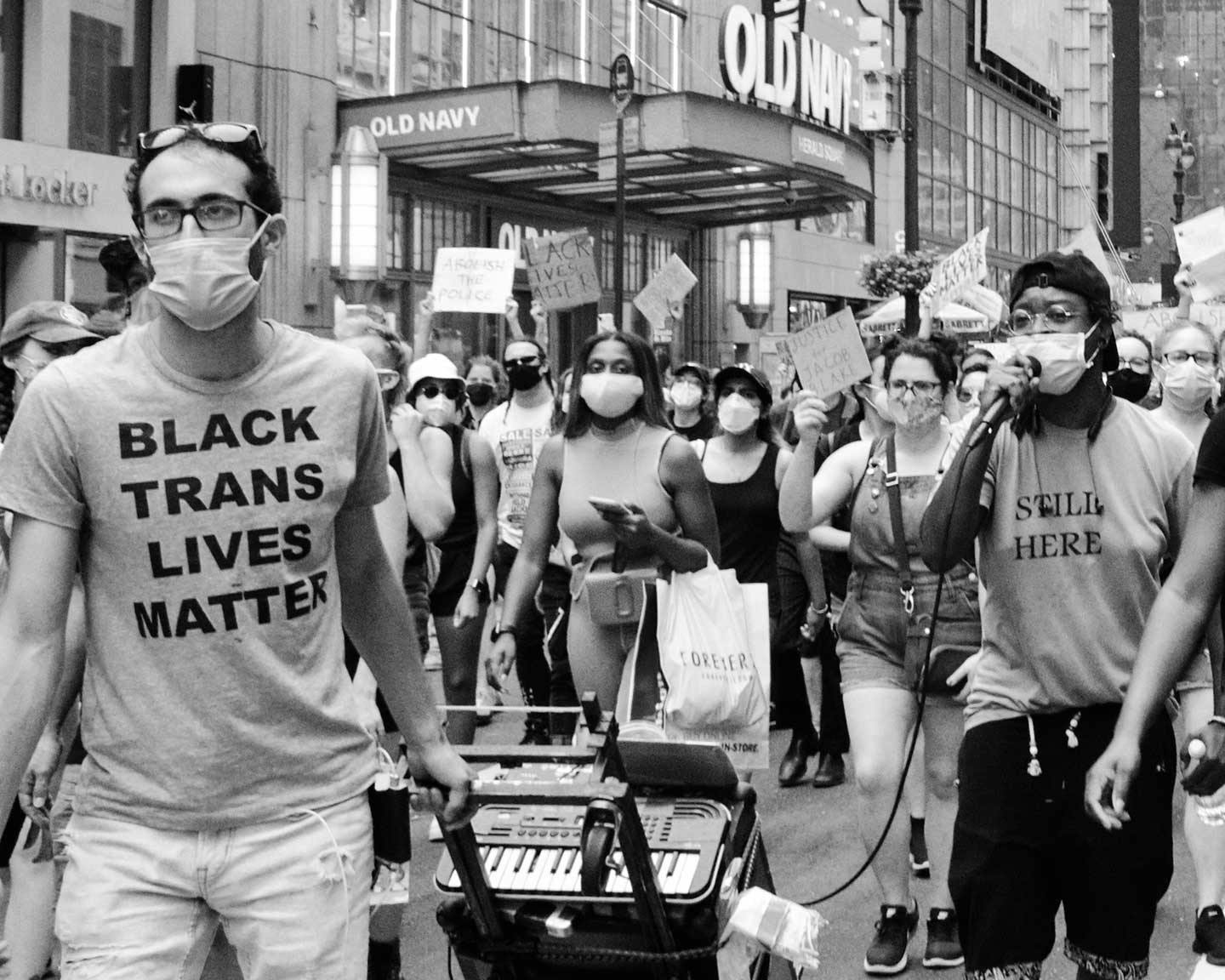
The Gay Pride Parade
Never be bullied into silence. Never allow yourself to be made a victim. Accept no one's definition of your life; define yourself.Quote:
Harvey Fierstein
In the weeks and months following the Stonewall riots and the march to central park, LGBTQ+ organizers noticed something remarkable: the spirit of the June 28 event, the need for freedom, recognition, and acceptance of the LGBTQ+ community was not waning. Spirits were still high, and the fight was still in people’s hearts.
Over the following year, activists proposed a longer, annual march. This march would protest the civil rights abuses and the marginalization of the members of the LGBTQ+ community. The march would initially be called “Christopher Street Liberation Day,” naming the day after the street where The Stonewall Inn is located.
This march was organized by groups such as the Mattachine Society, Gay Activist Alliance, and the Gay Liberation Front. The small demonstration soon evolved into a large parade combining both protest and celebration.
Along the way, as organizers put together the event, meaning and purpose were debated. The cloud of the shame that the LGBTQ+ community had been forced to live under for so many decades was a subject many in the community felt needed to be addressed. They saw no reason to be ashamed, saw no need to hide who they were. In fact, they reasoned, they needed to project a feeling just the opposite of what they had been hiding under. No more shame, the organizers declared; they should and must be proud of who they are.
The gay community had already marched under the banner of Gay Power, but this was something more, something deeper, something that had been simmering and needing to be expressed for a long time. Under the power was something that needed to be celebrated, to recognize having the courage to stand up and be proud of who you are. Gay Power slowly, thoughtfully, and rightfully turned to Gay Pride.
The first NYC Gay Pride Parade took place on June 28, 1970. Thousands came out to party and protest, show support, and be publicly proud of who they were and how they wanted to live their lives freely.
Pride v Prejudice
Gay Pride events, now known simply as “Pride” events, were always political. Although the events are designed to celebrate and feel like an all-inclusive party, at the heart of the Gay Pride movement is protest.
When all Americans are treated as equal, no matter who they are or whom they love, we are all more free.Quote:
Barack Obama
Gay Pride and the Gay Rights movement wasn’t just dreamed up as a reason to party; it was created in direct response to the marginalizing and the open prejudice against LGBTQ+ people and their lifestyle that has been going on for centuries.
Gay Pride calls attention to the ways members of the LGBTQ+ community have been subjected to abuse and the ignorance behind most anti-LGBTQ+ behavior. The community had finally banded together openly and created the Pride parade to support its ranks and shed the stigma of shame. The parade is just one way the LGBTQ+ community fights prejudice with pride.
The Power of June
June is the perfect month to turn our thoughts to the struggles of our LGBTQ+ community for a few reasons. First, June is when it all started, the month of the famous Stonewall riots, which propelled the Gay Rights movement into the country’s collective consciousness, but there’s more.
There were some significant Supreme Court rulings on LGBTQ+ rights and equality handed down in June. First, the Lawrence v. Texas ruling that stated sanctions against people practicing sodomy was unconstitutional and passed on June 26, 2003. Next, we saw the Obergefell Decision, named for activist Jim Obergefell, which opened the path for legalized marriage equality, handed down on June 26, 2015. And there was the Bostock Ruling. On June 15, 2020, the Supreme Court ruled in a 6–3 decision that discrimination on the basis of sexual orientation or gender identity is necessarily also discrimination "because of sex" as prohibited by Title VII of the Civil Rights Act of 1964.
So June is a month full of things to be proud of, and it’s a time to remember that the LGBTQ+ community continues to redouble its efforts to make advances in Queer liberation.
A Pride Flag to Rally Around
One of the most enduring and recognizable symbols of the LGBTQ+ community’s struggles for acceptance and recognition, equality, and just plain decency is the Pride Flag, the Rainbow Flag that is flown everywhere in honor of the Gay Rights movement. This flag had become a rallying point many times since its creation back in 1978.
The Pride flag was created by artist, designer, Viet Nam Veteran, and drag performer, Gilbert Baker to recognize Pride Month in 1978. Baker was commissioned to create the flag by another Gay icon, politician Harvey Milk. Milk wanted the flag to be flown at San Francisco’s Gay Pride Parade.
In an interview, Baker said the Bicentennial celebrations inspired him in 1976, where he saw the Stars and Stripes everywhere. He saw the flag’s power and knew that a cultural rallying sign for the LGBTQ+ community was needed. So, when Milk asked him to design a flag, Baker had already been thinking about it for two years.
Why is it that, as a culture, we are more comfortable seeing two men holding guns than holding hands?Quote:
Author Ernest J. Gaines
Before the current Pride flag, the most common symbol for the nascent gay rights movement was the pink triangle. This was the symbol used by the Nazis to identify, persecute, and eventually execute members of the gay community. Baker wanted no part of that dark and painful past in his design. His design would be more colorful and more meaningful, something that inspired, uplifted and united the community.
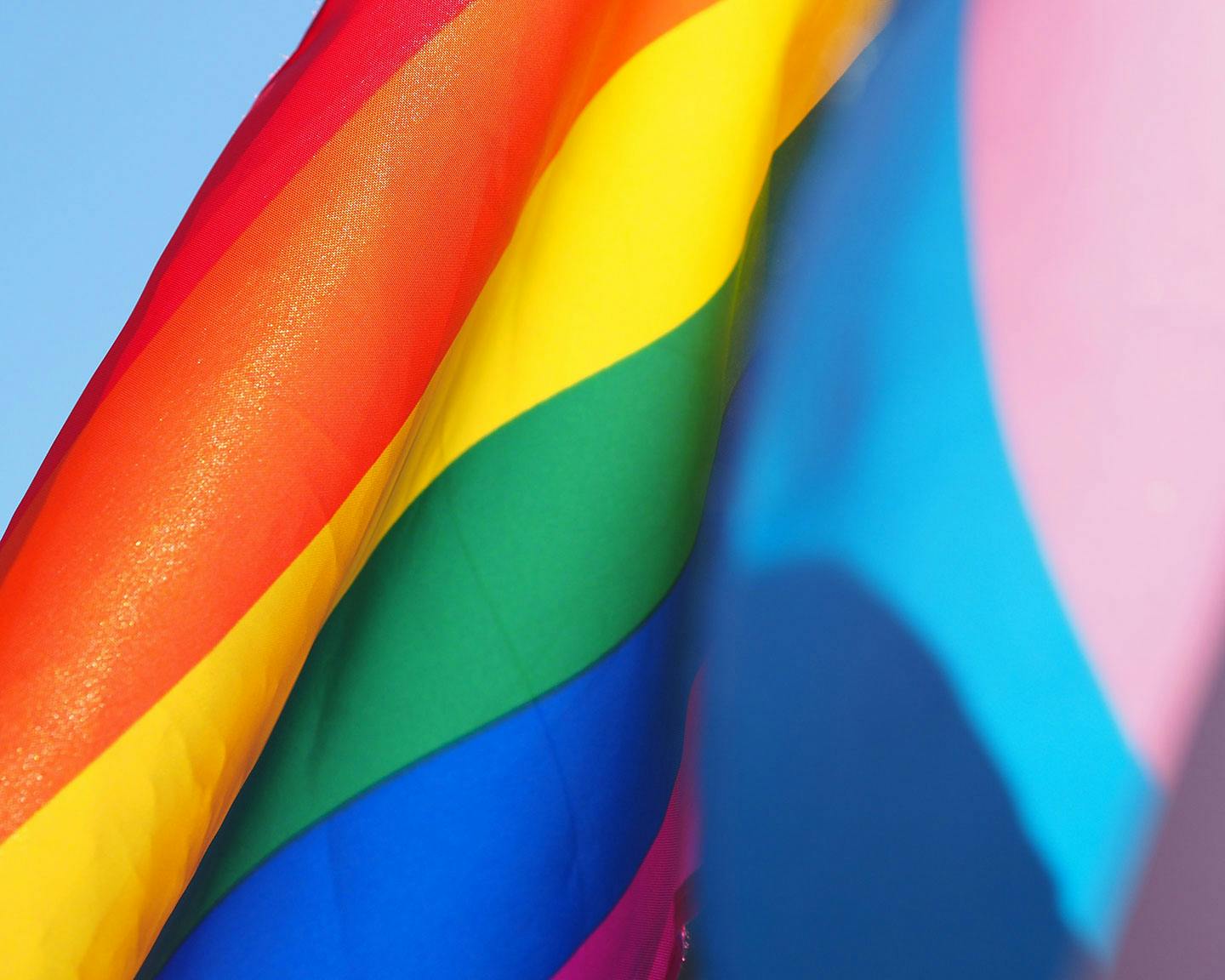
The colors of the Gay Pride flag are meant to represent “togetherness” as the LGBTQ+ community is made up of all races, ages, and genders. The original flag had eight colors, each with a different meaning. From the top down:
- Hot Pink: Represents Sex
- Red: Represents Life
- Orange: Represents Healing
- Yellow: Signifies Sunlight
- Green: Represents Nature
- Turquoise: Represents Art
- Indigo: Represents Harmony
- Violet: Represents Spirit
Baker and thirty volunteers worked in the attic of the Gay Community Center in San Francisco to construct the flag, which was proudly showcased and rapturously accepted at the San Francisco Gay Freedom Parade on June 25, 1978.
After the parade, Baker took the design to the Paramount Flag Company, which sold a version of the flag without the hot pink or turquoise. Baker replaced with blue for practical purposes, which is the current version of the Pride flag we see today.
Following the senseless murder of Harvey Milk on November 27, 1978, the demand and the symbolic power of the rainbow flag increased. It is an enduring symbol and a positive representation of the LGBTQ+ community.
A one-mile-long version of the flag was created to celebrate the 25th anniversary of two landmark events; The Stonewall Riots and Gilbert Baker’s creation of the flag.
What Gay Pride Means
Gay Pride; (noun) confidence, self-respect, and solidarity as expressed by gay people, associated with openness about one’s own sexual identity, and the celebration of gay culture and history.
The LGBTQ+ community is very proud, strong, and present. The events in June culminating with the Pride Parade celebrate the long road they’ve traveled. Bill Clinton was the first US President to officially recognize Pride Month in 1999 and 2000. Then, from 2009 to 2016, President Barack Obama declared June LGBT Pride Month.
Being transgender, like being gay, tall, short, white, black, male, or female, is another part of the human condition that makes each individual unique, and something over which we have no control. We are who we are in the deepest recesses of our minds, hearts, and identities.Quote:
Linda Thompson
The month of June is a celebratory month for the LGBTQ+ community, and yet, it is also a difficult time. Despite the parades and the parties, there is an underlying feeling of exhaustion that the events still need to occur. The acceptance of the community is still a struggle. Gay rights should be simply human rights. LBGTQ+ people are just that, PEOPLE, and they should unquestioningly be afforded the same rights as all people. Sadly as the celebrations go on, so does the struggle for so many people.
As we enter June Pride Month, we here at ThoughtLab want to share in the celebration of our LBGTQ+ Community. We applaud your victories and stand in awe of your incredible courage and unwavering Pride. We recognize that without you, our communities would be lacking. We would lack in love, understanding, acceptance, strength, and beauty. We are proud to march with you, stand with you, hold your hand when you’re feeling afraid, and dance in the streets with you when you’re feeling joyful. We are all united in our humanity; we are all together in the fight against ignorance and bigotry. We are better together, stronger united, and at our best when we love unconditionally, fight ferociously, and celebrate openly together.
We have great Pride in our LGBTQ+ community. Stay Proud. Stay strong and have a happy Gay Pride month.
